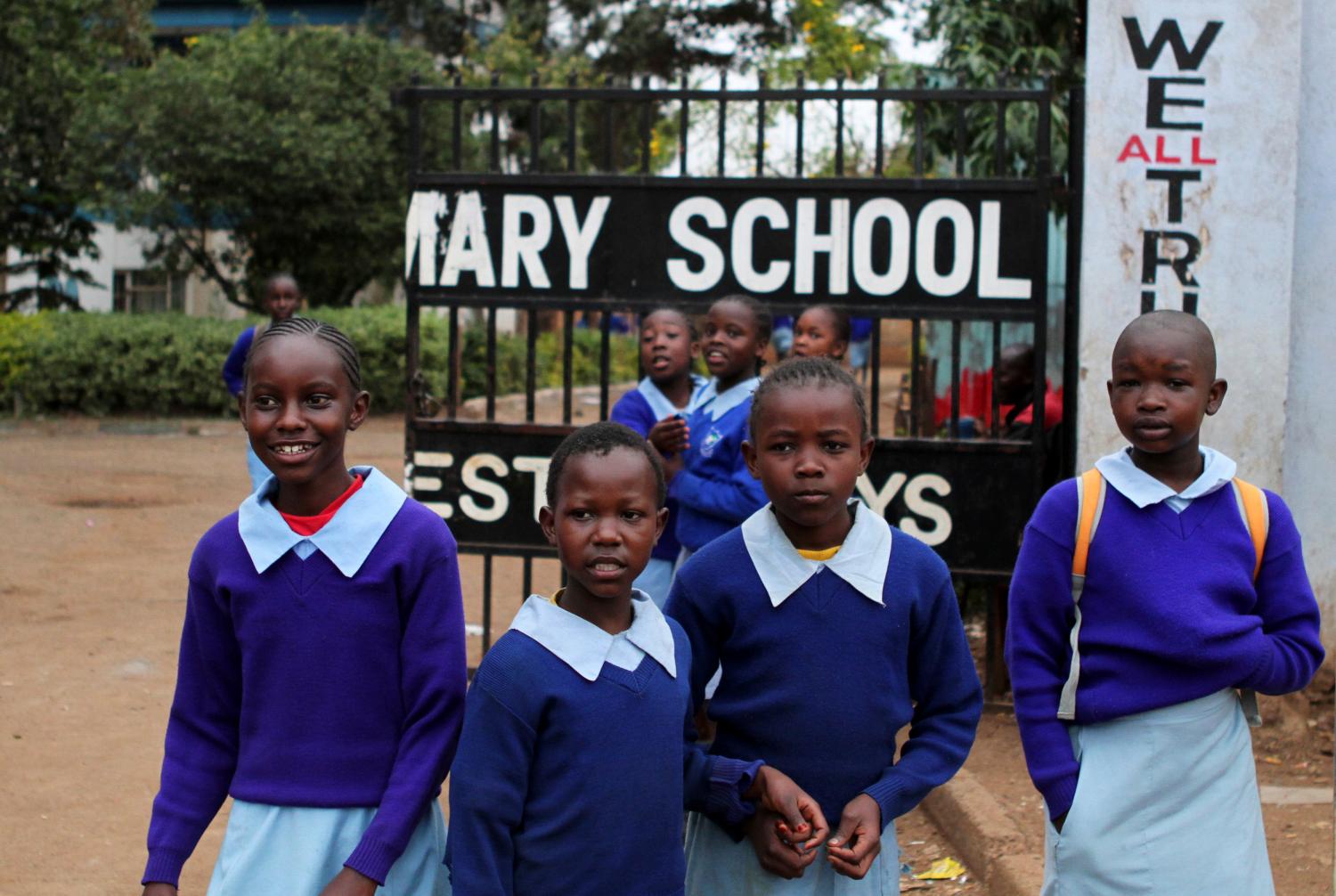Despite widespread policy interest in market solutions
to public service delivery, a large literature
on the effect of private schooling on academic achievement
shows little or no causal benefit. In a much-cited
paper, Hsieh and Urquiola (2006) find that a voucher
program that dramatically expanded private schooling
in Chile led to no discernible increase in test scores
over time. In the U.S., Altonji, Elder, and Taber (2005)
find little or no impact of Catholic schooling on test
scores after controlling for selection effects. Similarly
for Indonesia, Newhouse and Beegle (2011) find that
private schooling has a significant, negative effect
on test scores. Angrist, Bettinger, Bloom, King, and
Kremer (2002) find significantly positive, but modest,
effects from a policy experiment in Colombia, with recipients
of randomly allocated vouchers scoring roughly
0.2 standard deviations higher than non-recipients.
In this paper we demonstrate that in a low-income
African country with weak public sector institutions,
i.e., Kenya, the effect on test scores of moving to private
schooling may be dramatically higher than found
in previous work in the U.S., Latin America or Asia.
Over the past decade, private school enrollment has
grown rapidly in Kenya. In a companion paper, we
argue that this secular trend was driven, somewhat
paradoxically, by the abolition of fees in public primary
schools in 2003 and the concomitant decline in the
perceived quality of public schools (Bold, Kimenyi,
Mwabu, and Sandefur 2011).
The main contribution of the paper lies in estimating the
causal effect of private schooling on test performance
for Kenyan primary school students using nationwide
standardized test scores. An obvious obstacle here is
the endogenous sorting of pupils. The key to our identification
strategy is aggregation in the spirit of Hsieh
and Urquiola (2006). The growth of private enrollment
will only affect average scores in a district—aggregating
over both public and private schools—inasmuch
as there is a genuine causal force at work. Controlling
for time-invariant district characteristics, we document
a large performance advantage of Kenyan private
schools, equivalent to a full standard deviation of pupil-
level test scores.
Furthermore, we use survey data on households’
education expenditure to show that Kenyan private
schools operate at low cost relative to public schools:
Nearly two-thirds of pupils in the private system pay
fees less than the median per-pupil funding level in
government schools.



